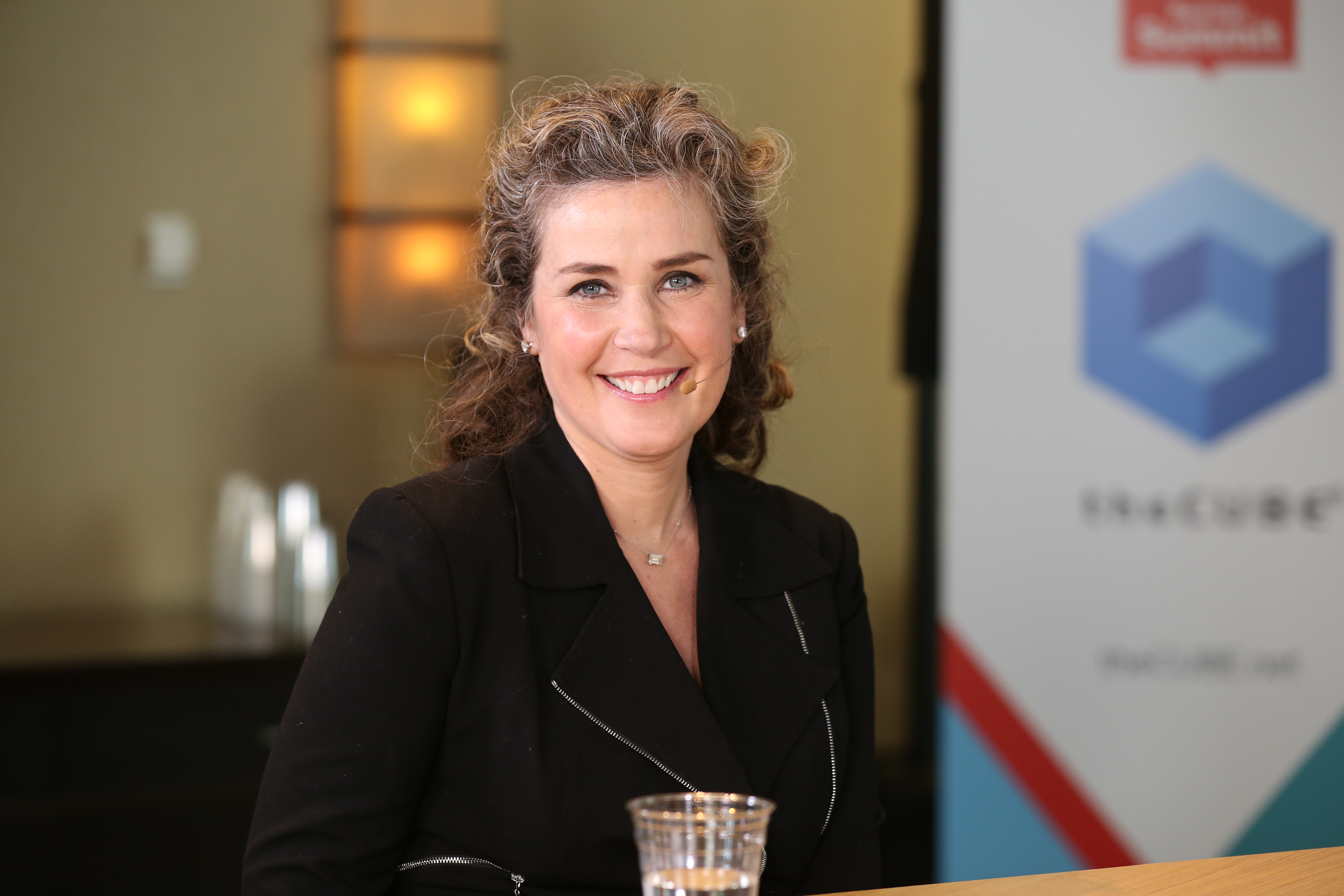 CLOUD
CLOUD
 CLOUD
CLOUD
 CLOUD
CLOUD
Open source is becoming mainstream technology, and that’s reshaping how it will affect daily life.
An example of this trend can be found in May’s announcement by Red Hat Inc. of an In-Vehicle Operating System in partnership with General Motors Co. While the GM news attracted a great deal of attention, Red Hat also generated buzz during its recent annual Summit event in Boston with the release of RHEL 9 after a three-year wait, deployment of new solutions for securing the software supply chain, and the delivery of managed Ansible Automation for Microsoft Azure.
TheCUBE, SiliconANGLE Media’s livestreaming studio, covered the Red Hat Summit event through exclusive interviews with company executives and partners. (* Disclosure below.)
Here are three additional insights you might have missed:
There was a time when computer processing was all about the CPU. Not anymore. This has become the era of the GPU, NPU, DPU and assorted alternative processors to power applications in the modern infrastructure. Edge computing was a significant topic of discussion at this month’s Summit, and Red Hat has positioned its portfolio to capitalize on this growing space through partnerships with Arm, Nvidia and Intel.
“Edge to me is the epitome of a white-space opportunity where ecosystem is essential,” said Stefanie Chiras (pictured), senior vice president of partner ecosystem success at Red Hat, during an interview with theCUBE. “Edge is pulling together unique hardware capabilities from an accelerator all the way out to new network capabilities and then to AI applications. The number of ISVs building AI applications is just expanding.”
An example of this evolution can be seen in the use of the DPU, or data processing unit. Where the CPU handled general-purpose computing, and the GPU accelerated compute, the DPU will play a central role in moving data.
Tushar Katarki, director of product management for OpenShift at Red Hat, envisions a growing role in importance for the DPU, especially as cryptography becomes more essential in network security.
“Cryptography is going to take off to new levels,” Katarki said in a discussion with theCUBE during the Summit. “The DPU can be used to offload your encryption and firewalling. There are a lot of opportunities from an application point of view to take advantage of this capacity.”
When Red Hat unveiled RHEL 9 during the Summit, the company noted that it was the first production release built from CentOS Stream. The back story on this was that CentOS Stream replaced the Community Enterprise Linux Operating System acquired by Red Hat in 2014 and discontinued in 2020, a move that was not positively received by CentOS users.
The friction over this issue stems from the fact that CentOS was widely used in the enterprise world. An executive from MongoDB Inc. claims that CentOS runs most of the telecom infrastructure in China. A significant portion of Facebook’s operation is CentOS-based as well. Over a decade ago, open-source CentOS was the most popular Linux distribution for web servers.
Red Hat made it clear in 2020 that it would cease supporting CentOS starting from 2022 and would focus its efforts on the new upstream RHEL version, called CentOS Stream. The problem for some in the open-source community was a belief that the newer version lacked the stability of the original CentOS offering.
In theCUBE’s Summit interview with Gunnar Hellekson, general manager of the Enterprise Linux Business Unit, the Red Hat executive explained the company’s rationale for the switch from CentOS to CentOS Stream with the latest RHEL release.
“We need a better way to allow partners to work together with us further upstream from the actual product development,” Hellekson said. “That’s why we created CentOS Stream … the place where we host the party and people can watch the next version of Red Hat Enterprise get developed in real time. Partners can come in and help; customers can come in and help.”
In his keynote address during the Summit this month, Red Hat Senior Vice President and CTO Chris Wright described how the placement of processors in his ski boots made him a better skier. Wright’s example can be extrapolated to use cases where compute and hardware combine to create a better outcome. Chips help make driving an automobile safer today and improve the ability of diagnostic devices to provide critical information for heart patients.
The edge revolution is doing more than creating compute processing in standalone devices. It is reshaping the meaning of the hybrid world to include the melding of physical and virtual. This will be a key part of Red Hat’s strategy in the future.
“Because of the compute capabilities that we have in hardware, hardware gets more capable with lower power that can bring certain types of accelerators into the mix,” said Wright, during his appearance on theCUBE. “You create this world where what’s happening in a virtual context and what’s happening in a physical context can come together through this distributed computing system. Our view is: That’s hybrid. That’s what we’ve been working on for years.”
You can catch up on SiliconANGLE’s and theCUBE’s complete coverage of the Red Hat Summit event on theCUBE’s dedicated event channel.
(* Disclosure: TheCUBE is a paid media partner for Red Hat Summit. Neither Red Hat, the sponsor of theCUBE’s event coverage, nor other sponsors have editorial control over content on theCUBE or SiliconANGLE.)
THANK YOU